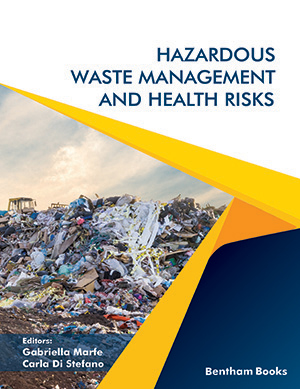Abstract
The presence of heavy metals in aquatic systems and atmosphere is attributed to metal plating, chemical synthesis, catalysis, battery, fertilizer, paint, paper, and mining industries. Heavy metals enter the soil through anthropogenic activities and industrial discharges. They enter the human body through plants and vegetables. Heavy metals can cause various acute and chronic diseases in human beings. Heavy metal consumption by fishes and other aquatic animals affect aquatic life and also people consuming them as food. Reduction of the developmental growth, deformities, and increase of developmental anomalies are some of the toxic effects of heavy metals on fishes and aquatic invertebrates. Removal of heavy metals from wastewater is becoming an increasingly important aspect of wastewater treatment. Physico-chemical methods such as filtration and adsorption are simple and effective. These methods can be used to remove heavy metals from wastewater when they are present in very high concentration. Removal method can be selected depending upon the influent concentration, acceptable limit, and amount of effluent. Chemical treatment methods like coagulation, chlorination, flocculation, and precipitation can be used for the treatment of wastewater containing colloids and metal ions due to their simplicity and robustness. Biological treatment methods like advanced oxidation, trickling filters, aeration, activated sludge, aerobic. and anaerobic digestion can be used for heavy metal treatment.
Keywords: Control methods, Heavy metals, Health effects, Pollution, Sources.












